Important Notice
After an update on 4 May, WordPress stopped sending post notifications. We have been aware of the issue and are working on rectifying it. You can always visit the blog by visiting or bookmarking www.BIRDSASART-Blog.com.
Supporting My Efforts Here
If you enjoy and learn from the blog, please consider using one of my affiliate links when purchasing new gear. It will never cost you a single penny. To support my effort here, please order from B&H by beginning your search here. Or, click here, to order from Bedfords and enter the discount code BIRDSASART at checkout to receive 3% cash back to your credit card and enjoy free Second-Day Air Fed-Ex shipping. It is always best to write for advice via e-mail.
In many cases, I can help you save some serious dollars. And/or prevent you from purchasing the wrong gear.
Summer On Long Island
Check out the July and August Nickerson Beach (& JBWR) IPT offerings here and consider joining us to learn a ton, make lots of great images, and improve your image processing skills.
What’s Up?
I continue to sleep amazingly well since getting back to Florida’s humid, oxygen-rich air. I invested $22K this week in a Generax generator for my home. It will be up and ready to run in 7-8 weeks. I am hoping that there will not be a big hurricane between then and now.
Today is Thursday July 4, 2024. Happy birthday to the USA. From where I sit, it is a pretty wonderful country. I photographed some Coral Honeysuckle flowers this morning as there are very few birds around. Wherever you are an whatever you are doing, I hope that you too have a great day.
Please remember to use the B&H and Amazon links that are found on most blog pages and to use the BIRDSASART discount code at checkout when purchasing your new gear from Bedfords to get 3% back on your credit card and enjoy free second-day air FedEx. Please, also, consider joining a BAA IPT. You will be amazed at how much you will learn!
You can find some great photo accessories (and necessities, like surf booties!) on Amazon by clicking on the Stuff tab on the orange/yellow menu bar above. On a related note, it would be extremely helpful if blog-folks who, like me, spend too much money on Amazon, would get in the habit of clicking on the Amazon logo link on the right side of each blog post when they shop online. As you might expect, doing so will not cost you a single penny, but would be appreciated tremendously by yours truly. And doing so works seamlessly with your Amazon Prime account.
If an item — a Delkin flash card, or a tripod head — for example, that is available from B&H and/or Bedfords, is also available in the BAA Online Store, it would be great, and greatly appreciated, if you would opt to purchase from us. We will match any price. Please remember also to use my B&H affiliate links or to earn 3% cash back at Bedfords by using the BIRDSASART discount code at checkout for your major gear purchases. Doing either often earns you free guides and/or discounts. And always earns my great appreciation.
Canon EOS 5D Mark III/24-105 Infrared Rig with Many Extras!
Price reduced $100.00 on 29 May 2024
Price reduced another $100.00 on 4 July 2024
Morro Bay IPT veteran Dane Johnson is offering a Canon EOS 5D Mark III (converted to infrared, as noted below) in near-mint conditions with the BG-E11 battery grip (in like-new condition) and a Canon EF 24-105mm f/4 L IS USM lens (also in near-mint condition) for a ridiculously low $799.00 (was $999.00). The Super Color Infrared (590nm) conversion was performed by Life Pixel in November 2017 and included a custom lens focus calibration. The shutter count is approximately 12,330. The sale includes everything above, the front body cap, the front and rear lens caps, the EW-83H lens shade, all the items that came in the original boxes (camera strap, battery charger, cables, manuals, etc.), the original product boxes, a Canon RS-80N3 Remote Switch (cable release), two RRS L-plates (for the camera and for the battery grip), three extra LP-E6 batteries, four Delkin 32GB CF 700X UDMA 6 compact flash cards, a Hoodman loupe for checking focus in the rear panel in live-view mode, a Photoshop action for channel switching the color channels (loaded on the CF card in the camera), and insured ground shipping via major courier to lower-48 US addresses only.
Your item will not ship until your check clears unless other arrangements are made.
Please contact Dane via e-mail or by phone at 1-559-593-0989 (Pacific time zone).
When I shot Canon, I dabbled in IR for a while — had a ton of fun and made some good images at Bosque and the Palouse. Dane’s offer above has so many extras that you could toss the camera in the trash and still come out ahead! artie
|
|
Birds of North America: A Photographic Atlas |
Birds of North America: A Photographic Atlas
A gorgeous up-to-date photographic collection of all 1,144 bird species in North America (including Hawaii!).
A Great Blue Heron, a Wood Duck, a Baltimore Oriole, an Eastern Bluebird, or a Belted Kingfisher—which North American bird species is your favorite? In Birds of North America: A Photographic Atlas, Bruce M. Beehler provides the information and images you need to identify and enjoy each of the 1,144 amazing and diverse bird species recorded in the United States and Canada, including Hawaii and Alaska. Featuring more than 1,200 full-color photographs and illustrations and more than 700 range maps, this comprehensive reference provides both beginners and seasoned birders with important facts about each bird’s ecology, behavior, seasonal movements, nesting biology, and conservation status.
Birds of North America gives bird-lovers everything they could ask for: The photographs and illustrations, selected and curated by Brian E. Small, one of America’s most talented nature photographers, depict each species in its most beautiful plumage and natural habitat. The largest, most detailed, and most up-to-date range maps available anywhere provide invaluable insider information on the best birding hotspots. And the special sections rounding out the book offer helpful guidance on birding gear, field trip planning, critical resources, and conservation issues. This is the book for aspiring and veteran bird enthusiasts alike.
You can save more than $15.00 by purchasing your copy here.
|
|
|
This image was created on the morning of 3 July 2024 in my backyard butterfly garden. I used the Robus RC-5558 Vantage Series 3 Carbon Fiber Tripod/Levered-Clamp FlexShooter Pro-mounted Canon EF 180mm f/3.5L Macro USM lens with the Metabones Canon EF/EF-S Lens to Sony E Mount T Smart Adapter (Fifth Generation) and The One, the Sony a1 Mirrorless Camera body. ISO 1250. The exposure was determined using Zebra technology with ISO on the thumb dial: 1/60 second at f/6.3 (stopped down two full stops) in Manual Mode. AWB 6:51:36am in the shade on a clear, almost windless morning. Manual focus with (RED) focus peaking. Click on the image to enjoy a larger version. Image #1: Dune (or Beach) Sunflower blossom |
Why a (Canon) 180mm Macro Lens?
Over the past few years you have seen more than a few really fine images made with the rig I used to create today’s two featured images. I love long focal lengths with their narrow angles of view and sweet backgrounds; the no-longer available Canon 180mm Macro lens is the longest macro lens around. You can still find some used ones out there. The are two in stock right now. If you are interested, please click here to start your search here, type in Used Department, and then type in “Canon 180mm Macro lens.” If you are a Sony shooter you will also need a Metabones Canon EF/EF-S Lens to Sony E Mount T Smart Adapter (Fifth Generation).
Canon Mirrorless folks will need a Canon Control Ring Mount Adapter EF-EOS R.
Th Sony a1 pairs perfectly with this Canon lens in part because manual focus (with focus peaking) is best for almost all macro photography.
|
|
|
This image was created on the morning of 3 July 2024 in my backyard butterfly garden. I used the Robus RC-5558 Vantage Series 3 Carbon Fiber Tripod/Levered-Clamp FlexShooter Pro-mounted Canon EF 180mm f/3.5L Macro USM lens with the Metabones Canon EF/EF-S Lens to Sony E Mount T Smart Adapter (Fifth Generation) and The One, the Sony a1 Mirrorless Camera body. ISO 1250. The exposure was determined using Zebra technology with ISO on the thumb dial: 1/60 second at f/6.3 (stopped down two full stops) in Manual Mode. AWB 6:53:24am in the shade on a clear, almost windless morning. Manual focus with (RED) focus peaking. Click on the image to enjoy a larger version. Image #2: Dune (or Beach) Sunflower blossom & o-o-f seedhead |
Variation on a Theme
After turning the camera to vertical, I changed my perspective by moving the tripod so as to include the out of focus seeded in the image. For both of today’s photos, the stalk of the flower was stabilized by a Wimberley Plamp attached to a second tripod. A Plamp (or two) is a flower photographer’s most valuable accessory. On breezy mornings they are pretty much mandatory unless you are trying to create wind blurs!
Your Call?
Which of today’s flower images is the strongest. All are invited to leave a comment and let us know why they made their choice.
|
|
Image #3: close-up of petals of Dune (or Beach) Sunflower blossom |
Petal Imperfections
As you can see above, there will almost always be some imperfections, even when a blossom looks pristine to the naked eye. Working at 300% with the Remove Tool enabled me to remove dozens of blemishes from the petals in both of today’s images.
You can find detailed instructions for using this relatively new tool (and tons more) in the Digital Basic III Video Series.
|
|
The Digital Basics III Video Series |
The Digital Basics III Video Series
I realized about a year ago that my digital workflow had changed significantly and was toying with the idea of writing a Digital Basics III. More recently, I have learned and begun working with two great new Photoshop Tools, the Remove Tool and the Luminance Targeted Adjustment Tool. The former is like a smarter Spot Healing Brush Tool on steroids and the latter is a huge step up from the fabulous Color Mixer Tool. During that same time frame, I came up with a new and improved 2-step noise reduction technique. I still use Divide and Conquer, Quick Masks, Layer Masks, an expanded array of personalized keyboard shortcuts, and tons of other stuff from both versions of Digital Basics.
As soon as I realized that I did not want to take on another large writing project, I realized that by creating a series of videos I could much more easily share all the details of my current digital workflow and much more easily incorporate additional new tips, techniques, and tools as I went. And so, The Digital Basics III Video Series was born. You can check out Volume I/#1 here.
You might opt to purchase single videos or to subscribe to Volume I and save $26 by ordering the first five videos in one fell swoop. You can purchase the five videos in Volume I by clicking here. The videos will be most valuable for folks using the latest version of Photoshop (2024) or Lightroom along with Topaz DeNoise AI and Topaz Sharpen AI.
Typos
With all blog posts, feel free to e-mail or to leave a comment regarding any typos or errors.

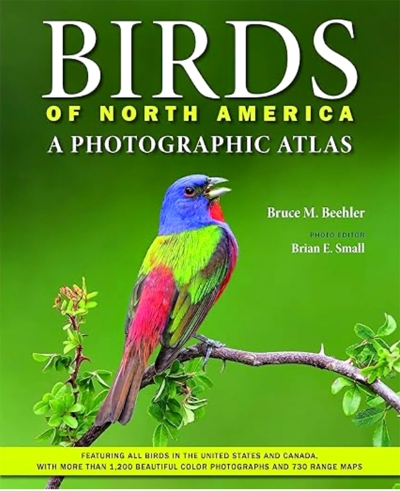
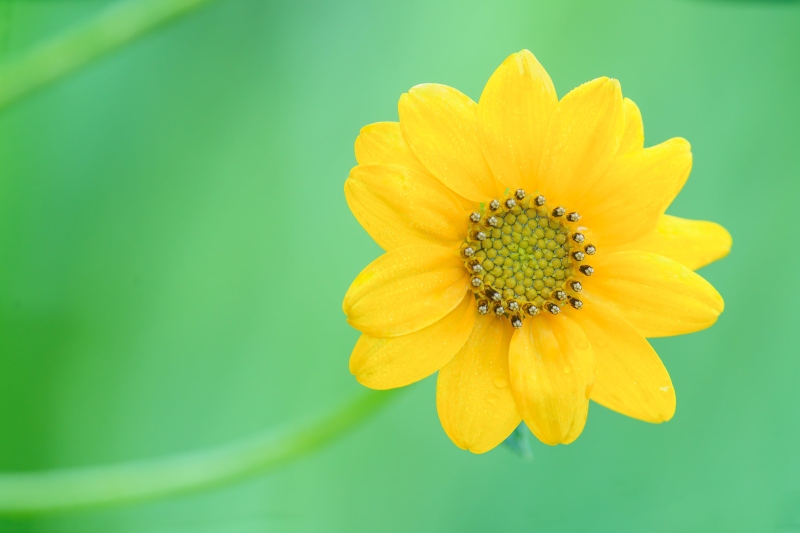
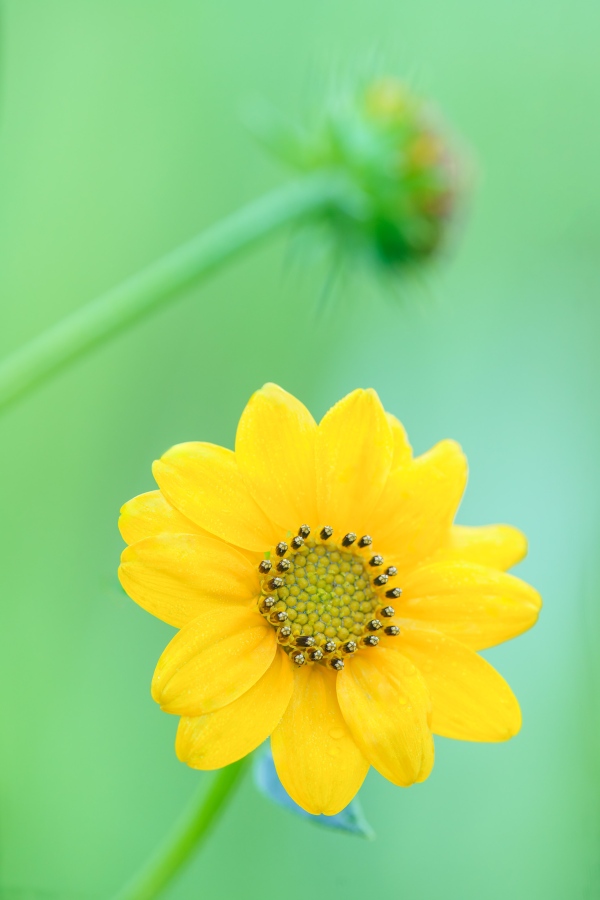
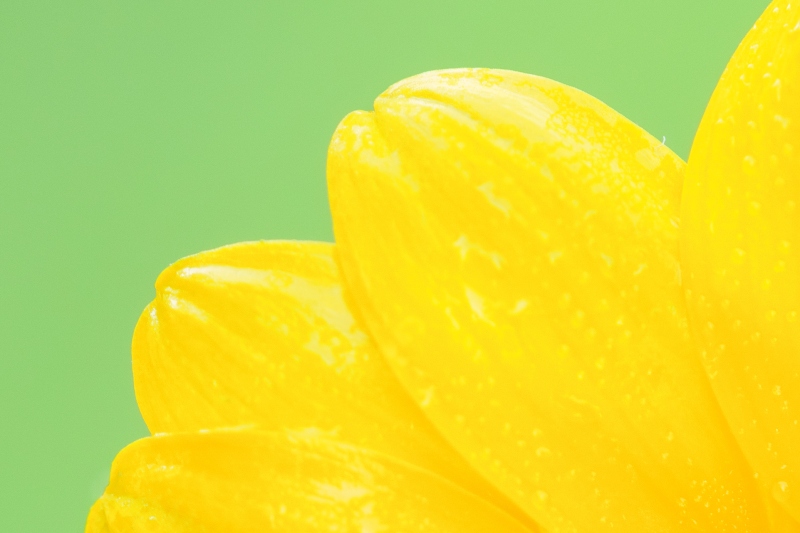
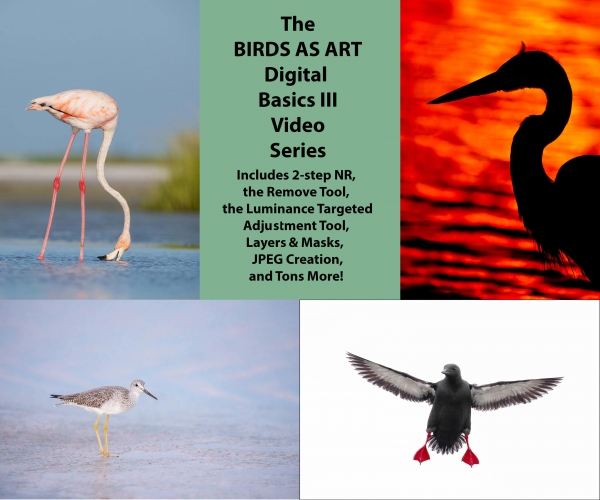













Leave a Reply